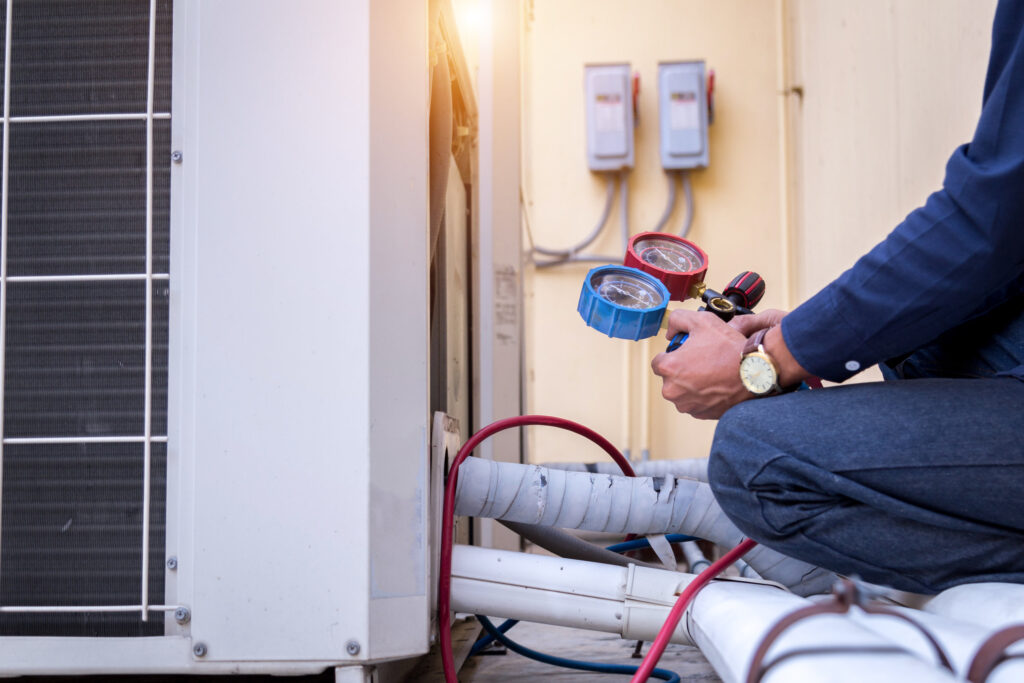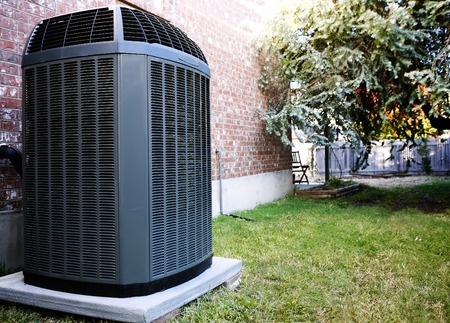If you want to take control of your energy consumption, you first need to know how much energy you use. Your utility bill alone won’t tell you how much greenhouse gases and pollution are emitted in delivering that energy. You also can’t measure other impacts like toxic chemicals from manufacturing equipment, cars, or pollution from power plants. You can make some changes in your life to reduce your carbon footprint in your home and around you. Search for a “HVAC company near me” for additional tips on HVAC preventive maintenance and energy efficiencies.
What Is a Carbon Footprint?
Carbon footprint is a measurement of the amount of greenhouse gases that have been released into the atmosphere. Greenhouse gases are pollutants that trap heat and cause global warming. Carbon footprints are most commonly measured in metric tons of carbon dioxide (CO2).
Buy Energy Star Approved Equipment
Energy Star appliances and electronics are more efficient than standard models, which means they use less electricity to do their job. When you buy an Energy Star qualifying product, you invest in a product tested by the EPA for performance and efficiency. You can find Energy Start appliances just about anywhere nowadays. Energy Star has put together this savings calculator to help you make informed decisions.
SMART Thermostats
Programmable thermostats can help you save money by automatically adjusting the temperature in your home. Set the schedule, and it will automatically turn off when you’re away or asleep. If you have a smartphone, there are even apps that allow you to control the temperature from anywhere in the world.
Change HVAC Filters
Over time, filters clog with dust and debris from the air inside your home. If your filters are dirty, they won’t be able to do their job properly anymore — which means that more air will bypass them and enter your home through leaks in the ductwork or other openings in your home’s exterior walls or attic floors. This causes heaters and air conditioners to work harder than they should work to keep temperatures comfortable inside.
Insulate and Seal Your Home
Reduce your energy use by insulating and sealing your home. This includes sealing ductwork, which homeowners often overlook. By sealing ductwork and insulating all areas of your home, you’ll be able to keep cool air inside during the summer and warm air inside during the winter.
Sealing ductwork is essential to keep cool air in the summer or warm air in the winter. Rodents or insects can damage ducts over time, so they must be inspected regularly for leaks or damage to be repaired before serious issues develop.
Here are some energy-efficient tips that can help you lower your carbon footprint:
- Install weather stripping around windows and doors. Weatherstripping is an inexpensive way to improve the insulation in older homes. A single-story house with a poorly insulated attic can lose up to 40 percent of its heat through the attic alone. If there are holes or gaps around doors and windows, add weather stripping to them.
- Insulate exterior walls with fiberglass batts or blankets. Fiberglass batts are made from synthetic fibers spun from glass (also known as mineral wool), which provides excellent insulation for a low cost per square foot of coverage compared to other types of insulation materials such as cellulose or foam board insulation products.
- Add more insulation in unheated spaces like attics or crawl spaces by installing blown-in cellulose insulation or spray foam insulation. Blown-in cellulose is an alternative form of loose-fill insulation that’s blown into wall cavities using special equipment before installation begins
Schedule Routine HVAC Maintenance
The condition of your home’s heating and cooling system can significantly impact its energy efficiency. The best way to ensure that your HVAC equipment is working at its best is by scheduling regular maintenance appointments with a qualified professional. Regular inspections will help identify any problems that may arise while providing an opportunity for necessary repairs or replacements. Depending on the work required, scheduling annual or semi-annual visits may be more cost-effective than trying to perform all necessary maintenance during one visit.
Additional Tips
- Reduce hot water use by installing a low-flow shower head, sink aerator, and toilet flush valve, which are available at hardware stores.
- Check for leaks in plumbing fixtures by turning off all faucets and filling a bucket with water. If water drips out of the faucet, replace washers or other parts that may have worn out over time, especially if they leak badly enough to cause flooding damage.

Start With Fritts Heating and Air
There’s an incredible amount of energy being wasted in the average household in America. While these tips won’t reduce gas consumption to zero, they can help ensure that your home runs as efficiently as possible. If you’re interested in doing more to address climate change and other environmental threats, we highly recommend looking into cutting down on meat and purchasing carbon offsets. But as a starting point, you can use these efficient living tips to reduce your own carbon footprint at home. Fritts Heating and Air can help with all your HVAC needs.



